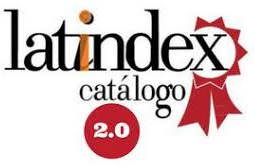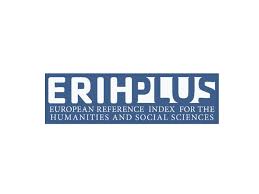Collaboration between social workers and educational forces in schools: Advantages, objectives, content, and form
DOI:
https://doi.org/10.47750/jett.2022.13.05.016Keywords:
collaboration, social workers, educational forces, objectives, contentAbstract
Cooperation between social workers and educational forces in high schools is viewed as a two-way cooperative effort to assist learners needing intervention. Intervention, emergency support for teachers or students needing intervention or assistance; Organize events to promote student development, community integration, and assistance for teachers and parents in need. The evaluation criteria for the cooperation between social workers and educational forces are based on four coordination components. Includes four scales evaluating the advantages, objectives, contents, and form of cooperation between high school social work personnel and educational agencies. A review of the cooperation between social work personnel and educational forces in high schools is gaining interest, although no research has been conducted on this topic. According to research findings, coordination between social work personnel and educational forces in high schools has been formed, albeit to a low and inconsistent degree across activities. The institution must perfect the organizational structure of its operations, management, and social work divisions. Furthermore, when coordinating with educational forces, social work personnel must emphasize the benefits of cooperation with educational forces. In addition, social workers must be adaptable between forms and activities according to the conditions and nature of their work.








